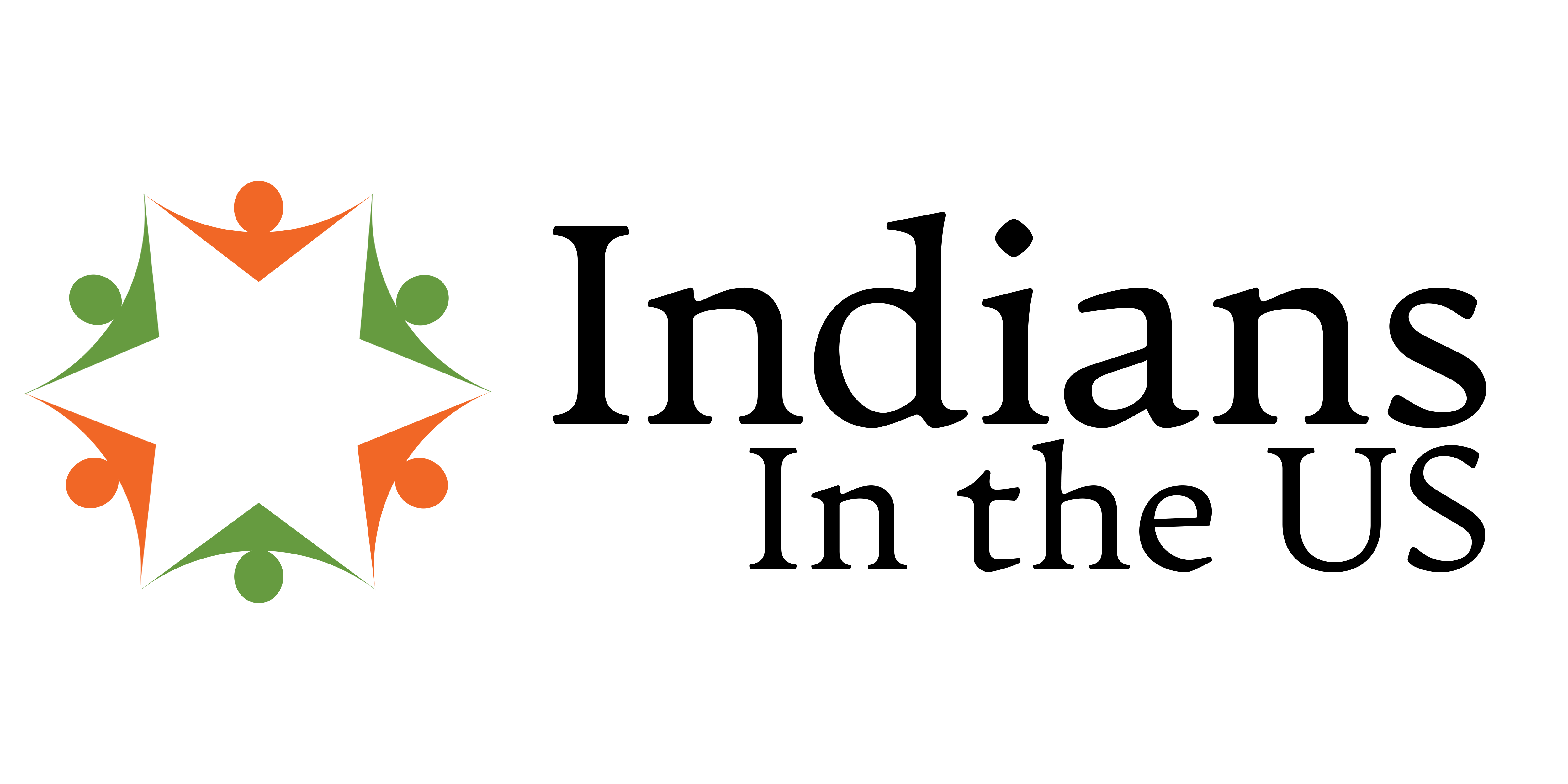The International Entrepreneur Rule (IER) is set to receive a significant boost with new updates aimed at enhancing transparency and clarity for foreign entrepreneurs seeking to establish and grow their businesses in the United States. Initially introduced towards the end of the previous administration and subsequently stalled, the IER is now being revitalized with the aim of attracting global entrepreneurial talent.
Overview of the International Entrepreneur Rule
The IER allows U.S. Citizenship and Immigration Services (USCIS) to grant parole to qualifying foreign entrepreneurs who can demonstrate their potential to significantly benefit the public, achieve rapid business growth, and create jobs through their ventures. Specific qualifications include securing at least $264,147 in qualified investments from approved investors or a minimum of $105,659 in qualifying government grants or awards. Approved entrepreneurs receive employment authorization and can extend this benefit to their spouses.
Recent Application Statistics
Since the fiscal year 2021, USCIS has received 94 applications under the IER. Of these, 26 were approved, 28 denied, 19 withdrawn, and 21 are awaiting a response to a Request for Evidence (RFE). There is no current backlog of applications. However, there is insufficient data to determine if denials stem from misunderstandings or misinterpretations of the rule.
Qualifications and Application Process
Entrepreneurs can submit their initial applications while living abroad or in the U.S. They must hold at least a 10% ownership stake in their venture to qualify. Importantly, the qualifying investors cannot include the applicant, immediate relatives of the applicant, or organizations where the applicant or their immediate relatives have an ownership interest. USCIS evaluates applications on a case-by-case basis, ensuring a thorough review process.
Updated Guidance and Clarifications
On July 12, 2024, USCIS released new information to provide more detailed guidance on the qualifications and evidence required for the entrepreneur visa. This update includes an extensive Q&A section that clarifies what types of evidence qualify, the impact of not meeting investment thresholds, and guidance on providing supplemental information. These clarifications aim to streamline the application process and reduce the potential for misunderstandings.
Immigrant Impact on Startups
Recent research highlights the significant impact of immigrants on the U.S. startup ecosystem. Over half of U.S. startups valued at $1 billion or more have at least one immigrant founder. Additionally, approximately 25% of these high-value companies were founded by international students. The effective implementation of the IER could offer international students with entrepreneurial aspirations a pathway to remain in the U.S. post-graduation, especially those who may not qualify for H-1B status.
Future Opportunities and Pathways to Permanent Residence
Qualifying entrepreneurs under the IER can receive up to a five-year parole status. After this period, they may apply for permanent residence through employment-based first preference or second preference categories. Another viable option is to self-petition through the national interest waiver if they meet the criteria. These pathways offer a sustainable solution for talented international entrepreneurs to establish and grow their businesses in the U.S., contributing to economic growth and innovation.
Conclusion
The updated guidance for the International Entrepreneur Rule marks a significant step toward attracting global talent and fostering innovation within the U.S. entrepreneurial landscape. By providing clearer guidelines and more detailed information, the aim is to make the U.S. a more attractive destination for foreign entrepreneurs. This initiative supports the growth of the U.S. economy and underscores the importance of fostering diversity and innovation in the startup ecosystem. As the world continues to recognize the vital role of immigrants in driving economic progress, the IER stands as a crucial tool in maintaining the United States’ competitive edge in the global market.





